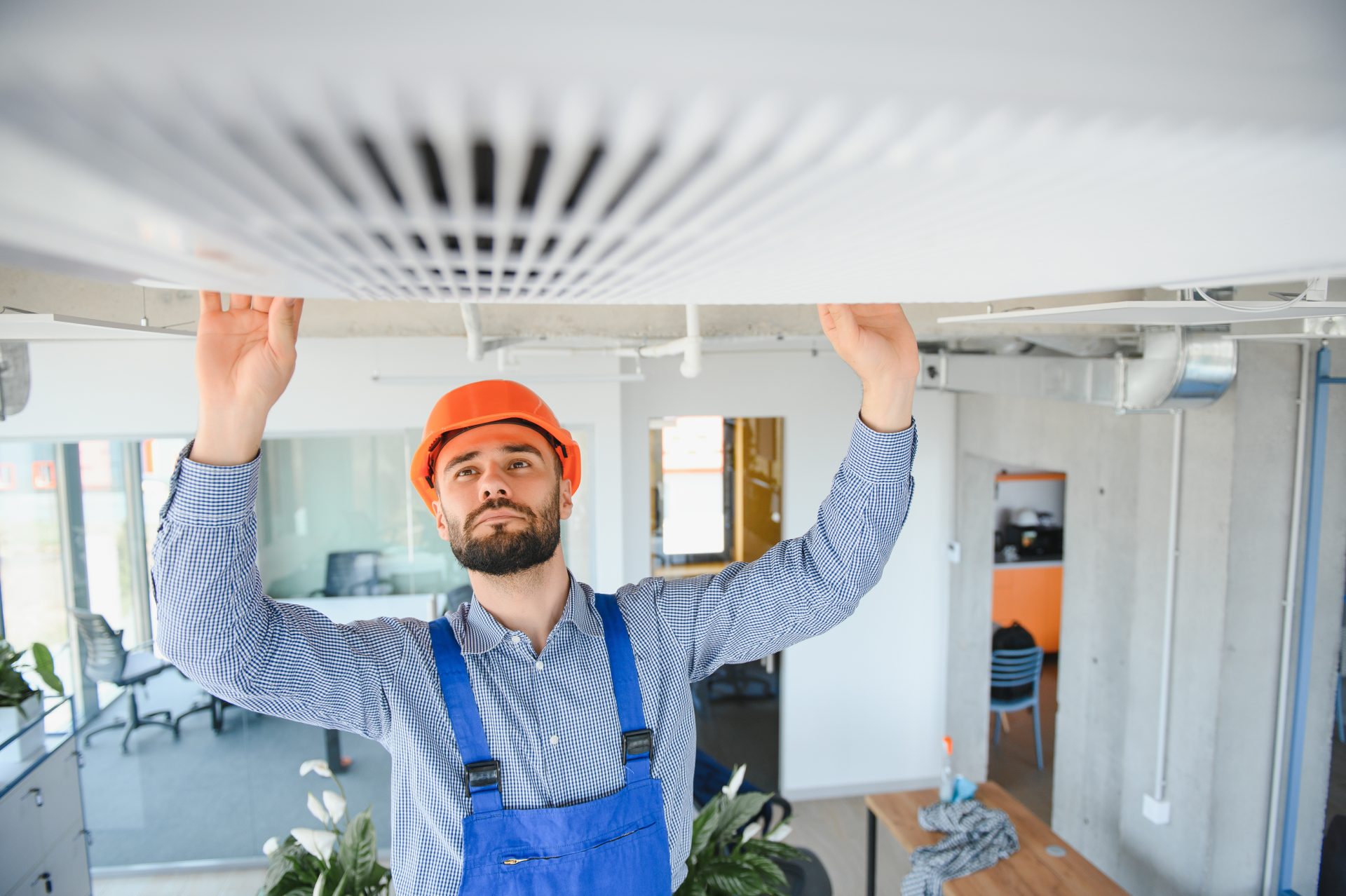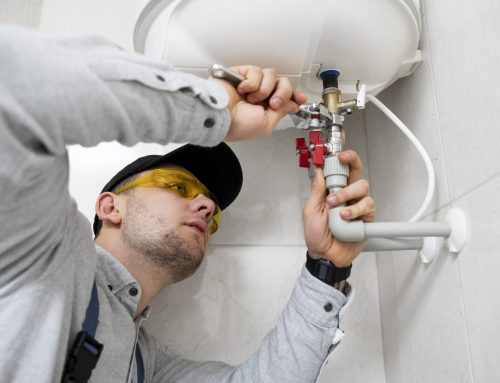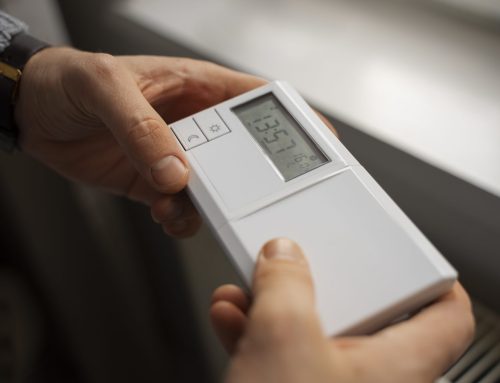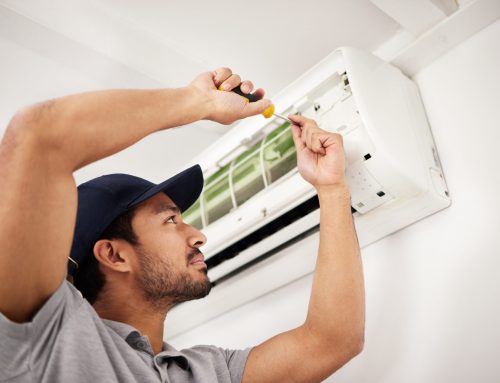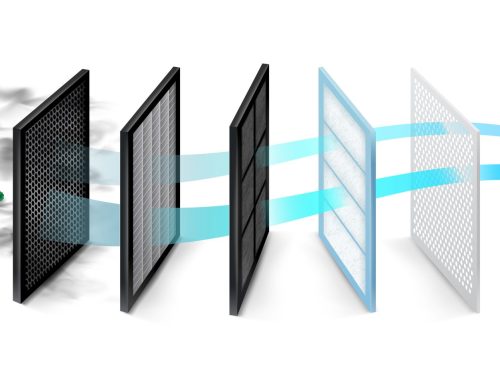Benefits of preventive maintenance in HVAC systems
Implementing preventive HVAC maintenance systems offers multiple advantages that optimize equipment performance and longevity. Below are these fundamental benefits detailed.
Energy savings and consumption reduction
One of the main benefits is the significant reduction in energy consumption of HVAC systems. Through proper maintenance, optimal energy efficiency levels can be achieved, contributing to considerable savings on electricity bills.
Impact of dirt accumulation on energy consumption
Dirt—such as dust and grime—can accumulate on key components, affecting system performance. A dirty condenser, for example, can increase energy consumption by between 10% and 20%. Keeping these elements clean is crucial to ensure efficient operation.
Airflow optimization for greater efficiency
Well-balanced airflow maximizes the HVAC system’s efficiency. Dirty filters or obstructed ducts can restrict airflow, causing the system to work harder than necessary. Regular filter cleaning and duct inspections ensure proper air circulation.
Extending the equipment’s lifespan
Regular maintenance also helps extend the lifespan of HVAC equipment. By preventing premature wear and damage from neglect, a significant long-term return on investment is achieved.
Differences between preventive and corrective maintenance
Preventive maintenance actions focus on proactive tasks that help prevent failures, unlike corrective repairs, which are reactive and usually arise after a failure has occurred. The proactive approach allows for small repairs and adjustments before they become bigger problems.
Costs associated with breakdowns and emergency repairs
Breakdowns requiring urgent repairs can be very costly, both in expenses and downtime. Preventive maintenance, as a scheduled investment, represents savings compared to expensive emergency interventions.
Improvement in indoor air quality
Indoor air quality is essential to ensure a healthy environment. A well-maintained HVAC system not only improves comfort but also promotes occupant health.
Elimination of contaminants and allergens
Systems that do not receive proper maintenance can accumulate contaminants such as dust, mold, and other allergens. Regular maintenance helps eliminate these harmful particles, significantly improving indoor air quality.
Importance of filters and duct cleaning
Filters must be cleaned or replaced regularly to ensure clean, efficient airflow. Duct cleaning is equally crucial, as dust and dirt can impact occupant health.
Preventing breakdowns in summer
With the arrival of heat, HVAC systems are heavily used. Preventive maintenance can avoid breakdowns that, if they occur, could interrupt service precisely when it’s needed most.
Risks of breakdowns due to lack of seasonal maintenance
Intense heat increases the workload on the system. If maintenance is not carried out, the risk of failures multiplies. This may lead to breakdowns that leave occupants without cooling during critical periods.
Impact on occupant comfort and health
HVAC system failures compromise not only comfort but also health. An overly hot environment or poor air quality can be harmful, affecting concentration, comfort, and overall well‑being of the occupants.
Key elements in cleaning and maintaining HVAC equipment
Cleaning and maintenance of HVAC equipment are essential to guarantee optimal performance and prolonging its useful life. Below are the most important elements in this process.
Cleaning and inspecting filters
Air filters are critical components in an HVAC system. Their main function is to trap dust, pollen, and other particles that can affect indoor air quality and system performance.
Recommended frequency for air conditioning filters
It is recommended to inspect and clean or replace the filters at least once a month, especially during periods of heavy use such as summer. A clean filter allows proper airflow and improves the system’s energy efficiency.
Types of filters and their proper maintenance
There are various types of filters, including fiberglass, activated carbon, and HEPA. Each type has its own characteristics and maintenance requirements. Fiberglass filters are usually cheaper but less efficient at capturing small particles. HEPA filters, though more expensive, offer superior performance in contaminant filtration, making them ideal for environments with high air quality needs.
Inspection and maintenance of the duct system
Ducts are responsible for distributing air throughout the building. Keeping these components free of obstructions is crucial for efficient HVAC system operation.
Procedures for cleaning ducts and preventing obstructions
Duct cleaning includes removing dust, dirt, and other substances that may accumulate over time. Specialized brushes and vacuums can be used effectively for this task. Regular cleaning of ducts is important to guarantee fresh, healthy air in enclosed spaces.
Ensuring proper and constant airflow
Consistent airflow is fundamental for good HVAC system operation. Periodic inspections to detect possible obstructions and ensuring ducts are in perfect condition optimize system efficiency and air quality.
Drain pan inspection
The drain pan is another critical element in HVAC system maintenance. Its function is to collect water that accumulates during the cooling process, thus preventing leaks or moisture problems.
Issues associated with water accumulation
Water accumulation in the pan can lead to the proliferation of fungi and bacteria, as well as structural damage risks to the equipment and building. Therefore, this component must be regularly inspected and cleaned to avoid major problems.
Cleaning and disinfection procedures
Cleaning the drain pan involves removing any obstruction that may affect its function and disinfecting it to eliminate microorganisms. Using appropriate cleaning solutions and ensuring the pan is fully dry afterward is recommended.
Technical operations and regular inspections for efficient operation
Correct performance of technical operations and periodic inspections is fundamental to ensure that HVAC systems operate efficiently. Attention to detail in this area not only improves performance but also prevents future issues.
Refrigerant level monitoring and recharge
Monitoring and maintaining adequate refrigerant levels is essential for proper HVAC system operation. An optimal level ensures the system operates at desired efficiency, avoiding strain on equipment and extending longevity.
Importance of maintaining adequate refrigerant levels
Refrigerant acts as the medium that transports heat from inside spaces. Maintaining proper levels ensures efficient thermal exchange, resulting in a comfortable environment. A system lacking necessary refrigerant not only operates inefficiently but could also cause permanent damage to critical components.
Consequences of insufficient refrigerant in the system
Lack of refrigerant can result in significant increases in energy consumption. An undercharged system may overheat, increasing the risk of electrical and mechanical failures. This, in turn, necessitates urgent and costly repairs.
Inspection of electrical components
Electrical components are vital for proper HVAC system function. Regular inspection prevents issues related to airflow control and power supply.
Inspections of connections and thermostats
Electrical connections must be checked to ensure there are no faults that could disrupt system operation. Similarly, the thermostat should be reviewed to ensure temperatures are maintained within desired ranges.
Preventing electrical failures and their impact on the system
Electrical failures can cause service interruptions and equipment damage. Regular inspections help detect problems before they become significant issues, contributing to continuous and efficient operation.
Checking insulation and environmental conditions
Insulation and environmental condition review ensures system function especially in extreme climates. Good insulation maximizes system efficiency and minimizes energy loss.
Adapting to environmental variations for proper functioning
HVAC systems must adapt to temperature and humidity fluctuations. Adequate maintenance includes evaluating how these variations affect system performance, ensuring optimal operation under all conditions.
Ensuring optimal conditions to maximize energy efficiency
Attention to insulation and environmental conditions not only improves occupant comfort but also contributes to energy savings. A properly adjusted and maintained system results in a significant reduction in operational costs.
Planning and frequency of preventive HVAC maintenance
Planning and frequency of preventive maintenance are vital aspects to ensure proper HVAC system functioning. Having a well‑defined strategy helps maximize performance and avoid unexpected issues during critical periods of the year.
Establishing a seasonal maintenance schedule
A seasonal maintenance schedule allows anticipating HVAC system needs. This programming helps ensure each unit is ready to face temperature changes throughout the year.
Tasks for spring to prepare the cooling system
- Inspect and clean air conditioning filters to ensure efficient airflow.
- Check refrigerant levels and adjust if necessary.
- Inspect and clean evaporator coils to improve heat transfer.
- Verify thermostat and controller operation.
Inspections in autumn and winter for heating systems
- Change filters to ensure proper performance and air quality.
- Inspect boilers and heating systems to detect possible issues.
- Check insulation of ducts and systems to prevent heat loss.
- Conduct functional tests of heating systems before cold weather arrives.
Criteria to determine inspection frequency
Determining review frequency depends on various factors, including equipment age, operating conditions, and usage environment, which can influence maintenance effectiveness.
Influence of equipment age and usage conditions
Older equipment usually requires more frequent reviews, as it may be more prone to failures. Systems in high‑usage environments also need regular care to avoid premature wear.
Adaptation to building and facility conditions
Each building’s characteristics may require maintenance frequency adjustments. Factors such as geographic location, occupant number, and exposure to environmental pollutants play a determining role.
Advantages of periodic inspections versus emergency interventions
Scheduled inspections offer significant benefits compared to emergency repairs. These include better budget control and resource planning.
Reduced costs and downtime
Regular maintenance allows identifying problems before they become costly breakdowns. This prevention reduces emergency interventions and system downtime, improving operational continuity.
Improved comfort and operational continuity
Preventive maintenance ensures systems operate efficiently, resulting in a more comfortable environment. This benefits occupants and promotes uninterrupted operation during critical times.
Training, technology, and technical service for effective maintenance
To ensure optimal HVAC system function, it is essential to implement an approach that combines training, advanced technology, and specialized technical services.
Training for maintenance staff
Maintenance staff must have specific training that enables them to perform their duties efficiently. This includes knowledge of operations, regulations, and HVAC best practices.
Problem identification and preventive action
A key part of training lies in the ability to identify potential HVAC system problems. Early failure detection is crucial for avoiding costly repairs and ensuring a comfortable environment. Staff must be able to perform diagnostics that prevent equipment deterioration.
Updating on new HVAC techniques and regulations
The HVAC sector is constantly evolving. Therefore, it is essential that staff stay updated on the latest techniques and regulations. Continuous training in new technologies and rules will ensure service is more competent and aligned with best industry practices.
Integration of monitoring and control technologies
Incorporating advanced technologies can significantly improve maintenance management. Tools exist that allow more effective system monitoring and facilitate informed decision-making.
Centralized management systems to optimize operations
Implementing centralized management systems allows comprehensive control over HVAC system operations. This includes incident logging, maintenance scheduling, and real‑time data analysis. This centralization helps optimize resources and improve response to potential issues.
Benefits of real‑time monitoring
Real‑time monitoring of system conditions offers multiple benefits. It allows identification of irregularities before they become major problems and enhances operational efficiency. With these tools, system settings can be adjusted to maximize performance.
Hiring specialized professional services
Often, relying on external experts can result in more effective maintenance. Professional services add significant value that optimizes HVAC system management, exceeding the capabilities of internal maintenance teams.
Advantages of expert technical service compared to in‑house maintenance
Specialized staff bring experience and advanced knowledge that can be decisive for high‑quality maintenance. This expertise enables more effective solutions and faster interventions.
Guarantees and service quality
Having specialized technical services ensures the use of best practices and technologies. The guarantees offered by these professionals provide peace of mind, promoting trust that the job will be done to high standards, minimizing future failure risks.
Impact of preventive HVAC maintenance on industrial and commercial facilities
Preventive maintenance has a significant effect on the performance and efficiency of industrial and commercial facilities. Proper implementation can improve overall operation and prevent costly issues.
Adaptation to specific needs of large installations
Each industry has unique requirements that must be considered to optimize climate control. This personalized approach maximizes efficiency and ensures an acceptable work environment.
Industrial HVAC and preventive maintenance
Industrial plants require robust and efficient HVAC systems. An effective maintenance plan involves frequent equipment checks, adjustments, and cleaning. This ensures machines operate within their optimal parameters, extending the lifespan of each component.
Protocols for ventilation and refrigeration systems in buildings
Maintaining ventilation and cooling systems requires special attention to avoid contaminant buildup. Developing specific protocols helps maintain air quality and operational efficiency. Periodic inspections and cleaning are key for proper system performance, especially in high-occupancy spaces.
Optimizing energy consumption in industrial operations
Energy consumption in industrial settings can be notably high. However, with proper preventive maintenance, strategies can be implemented that reduce this burden.
Cost reduction through active maintenance
Properly maintained systems are more efficient and consume less energy. This translates into reduced operational costs, which allows reinvestment of those savings into technological and operational improvements within the company.
Compliance with environmental and energy efficiency regulations
Industrial facilities must comply with increasingly strict environmental regulations. A preventive approach ensures HVAC systems operate efficiently and within the legal framework. By doing so, companies minimize sanctions risk and reinforce their environmental commitment.
Improving indoor air quality in workplace environments
Indoor air quality in the workplace is crucial for worker health. Proper HVAC system maintenance is essential to enhance this aspect.
Preventing contaminants like carbon monoxide and carbon dioxide
HVAC systems can accumulate contaminants if they do not receive regular maintenance. This can result in indoor air pollution, severely affecting employees’ health. Implementing a responsible maintenance program helps minimize these risks.
Ensuring suitable air quality for employee well-being and health
Ensuring a healthy work environment involves maintaining proper air circulation and keeping filters and ducts clean. Investing in preventive maintenance has a direct impact on staff satisfaction and well-being, potentially leading to increased productivity.


